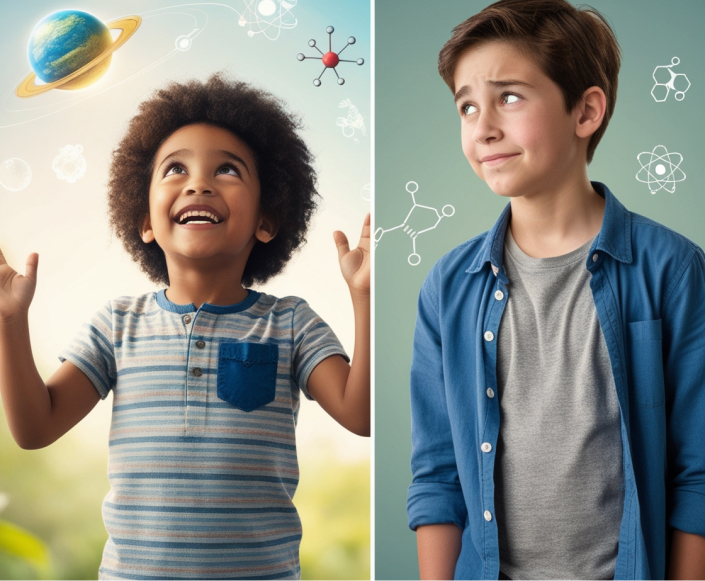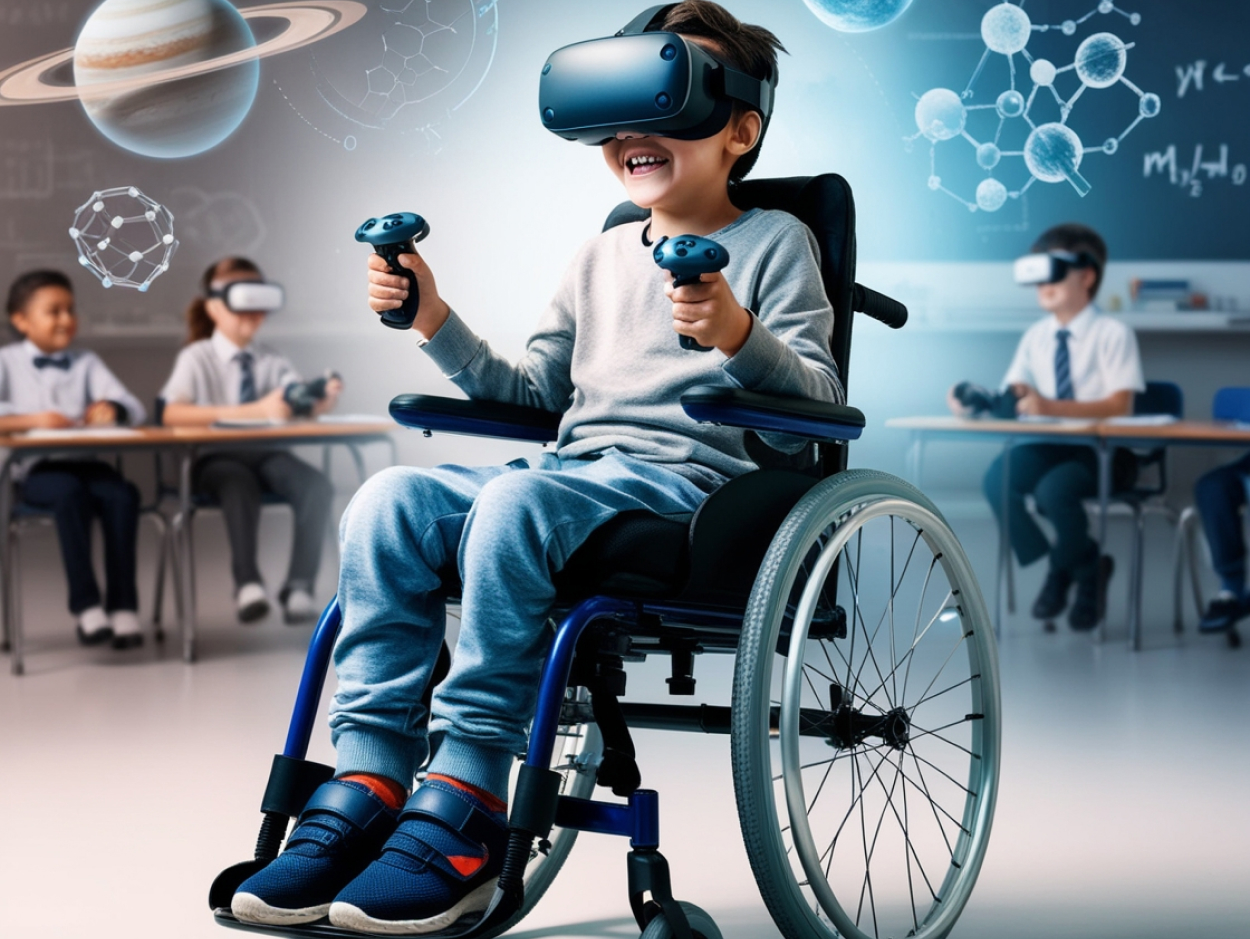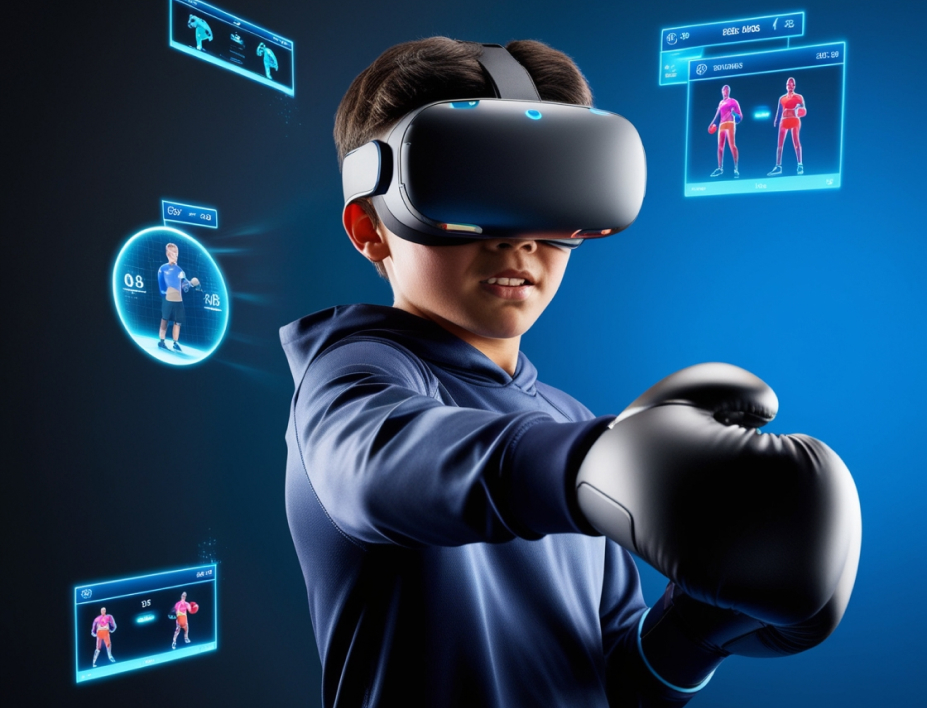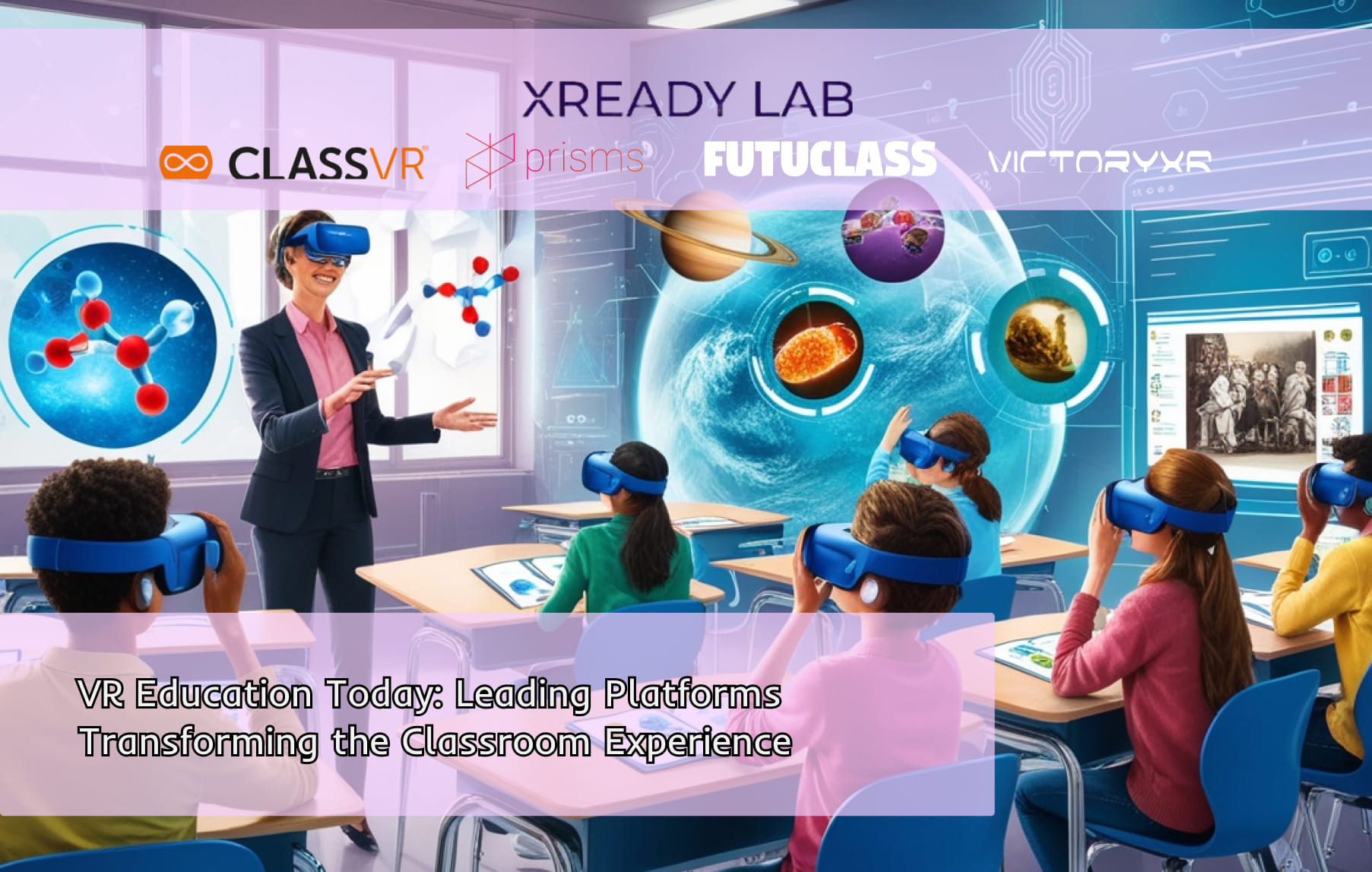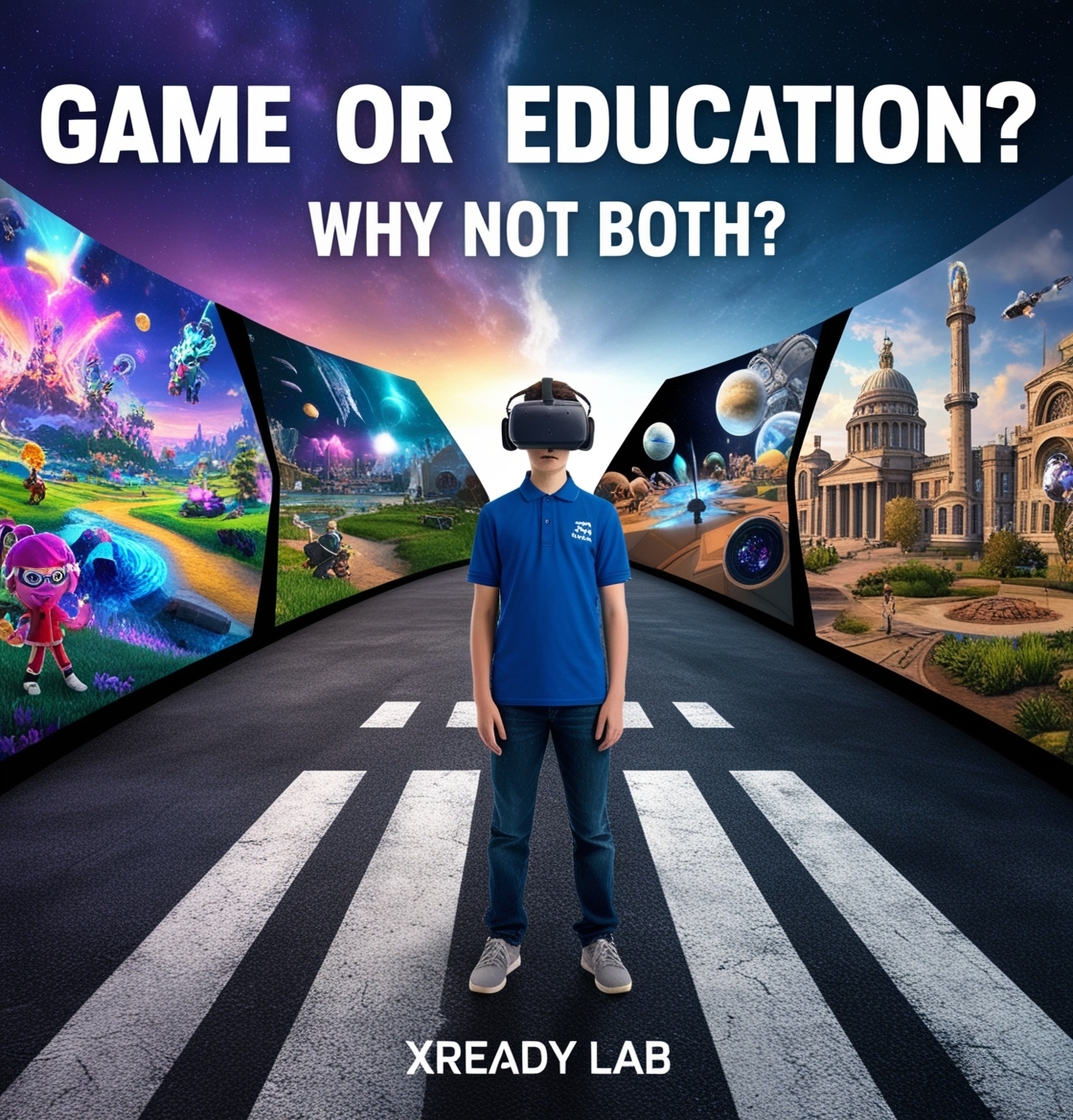
n the rapidly evolving world of technology, two innovations are poised to transform education as we know it: Artificial Intelligence (AI) and Virtual Reality (VR). Individually, they offer powerful tools for enhancing the learning experience. Combined, they hold the promise of creating a supercharged, personalized, and immersive educational environment that caters to each student's unique needs.
Personalizing Learning with AI
Artificial Intelligence in education is opening doors to personalized learning like never before. AI algorithms function much like a personal tutor, understanding and adapting to each student's unique learning journey. By analyzing performance data, engagement metrics, and even behavioral cues, AI creates a comprehensive profile for each student.
For instance, in a traditional classroom setting, a teacher may not have the capacity to give individual attention to every, students' unique learning needs. With AI, the system can identify that a student excels in theoretical comprehension but struggles with practical application. In response, the AI can introduce more hands-on exercises within the VR environment to strengthen practical skills.
https://youtu.be/-CckdFDptt4
Additionally, AI can cater to different learning styles. Whether a student is a or prefers auditory learning over visual, the AI can adapt the content delivery accordingly. For visual learners, the AI might incorporate more diagrams, animations, and visual aids. For those who learn better through discussion and verbal instruction, the AI can provide detailed audio explanations or engage the student in interactive verbal quizzes.
Furthermore, AI can set personalized learning goals and provide motivation through gamification. By introducing rewards, badges,ing tasks, and providing instant feedback, the AI keeps students engaged and motivated. This, matter have an opportunity to progress at a pace and in a manner that suits them, ensuring maximum engagement and learning efficiency.
The integration of AI also provides invaluable support to educators. Teachers gain access to detailed analytics on student performance, which can inform teaching strategies and highlight areas that require additional attention. This data-driven approach ensures that teaching methods evolve in response to student needs, leading to improved educational outcomes.
The combination of AI and VR in education represents a significant leap forward in creating a truly personalized and effective learning environment. It suggests the possibility of tailored educational experiences that adapt to individual student needs in real-time, fostering deeper understanding, greater engagement, and improved academic performance.
Enhancing Engagement with VR
While AI focuses on personalization, Virtual Reality in education brings engagement to a whole new level. VR learning transforms traditional lessons into immersive experiences, capturing students' attention and making learning fun. By integrating game mechanics and interactive storytelling, VR keeps students motivated and enhances retention.
Imagine students exploring the human body in a VR biology class, witnessing chemical reactions firsthand in VR chemistry, or experiencing the laws of motion in VR physics simulations. These experiences are not just about observing—they're about interacting and experimenting in a safe, controlled environment.
At XReady Lab, we've developed VR modules like Mitosis, where students dive inside a cell to understand the process of cell division. This isn't just a virtual tour; it's an interactive mission that reinforces learning through participation.
You can try it yourself—Mitosis is included in our free demo package.
[caption id="attachment_1267" align="alignnone" width="758"] XReady Lab VR education: VR Mitosis laboratory[/caption]
👉 Request your free demo here!
For more exciting VR applications in STEM education, check out our expert picks of top VR education apps.
The Power of AI and VR Combined
The real magic happens when AI and VR come together in the digital classroom. This combination creates an educational experience that is not only immersive but also dynamically tailored to each. AI acts as the brain within the VR environment, constantly monitoring each student's interactions, responses, and engagement levels. Itis can in one video game like environment.
[caption id="attachment_1300" align="alignnone" width="1024"] XReady Lab VR education: VR Human eye laboratory[/caption]
Imagine a student exploring the complexities of the human body through a VR simulation. As they navigate through veins, arteries, and organs, AI algorithms analyze their actions and comprehension in real-time. If the AI detects that the student is spending extra time examining the heart but quickly moves through the lungs, itinwithout highlighting the lungs again, the system mightwith the heart, providing additional information, interactive challenges, or even introducing a virtual tutor to explain concepts in greater detail.
Moreover, thiswon in multiple students’ performances. For example, it,comprehend a particular topic, the AI can alert the teacher, suggesting a review session or a different teaching approach. This ensures that nonever falls behind or becomes disengaged.
The fusion of AI and VR also allows for a more inclusive learning environment. For students with learning disabilities or special educational needs, AI can modify the VR content to accommodate their requirements, ensuring equal learning opportunities for all students.
Benefits of Integrating AI and VR in Education
https://youtu.be/mwMXJP3teyo
Enhanced Engagement: VR's immersive environments keep students interested and focused.
Personalized Learning: AI tailors educational content to individual needs.
Interactive Learning: Students learn by doing, which improves understanding and retention.
Accessible Education: VR and AI can provide high-quality education regardless of location.
Data-Driven Insights: Educators receive valuable data on student performance, allowing for targeted interventions.
The Future is Here with XReady Lab
At XReady Lab, we're at the forefront of this educational revolution. Our VR education platform leverages both AI and VR to create a holistic learning experience. We offer a range of VR learning solutions that are:
Curriculum-Aligned: Designed to meet educational standards across various subjects.
User-Friendly: Easy to integrate into existing teaching methods.
Safe and Controlled: Providing a secure environment for students to explore and learn.
Our focus on VR in the classroom has shown significant benefits in student engagement and achievement. By merging AI's personalization with VR's immersive capabilities, we're helping schools create smart classrooms that prepare students for the future.
Embracing the Future of Education
The integration of AI and VR is more than just a technological advancement; it's a shift towards a more effective and inclusive educational system. As we continue to develop these tools, we envision a world where every student has access to personalized, engaging, and high-quality education.
Is virtual reality safe? Absolutely. With proper guidelines and supervision, VR is a safe and powerful tool for learning. We prioritize virtual reality safety to ensure that students have positive experiences.
Ready to transform your educational approach?
👉 Request your free demo today!
Experience firsthand how the combination of AI and VR can revolutionize your classroom.
Conclusion
The future of education lies at the intersection of AI and VR. By harnessing the strengths of both technologies, we can create learning environments that are not only effective but also inspiring. At XReady Lab, we're excited to be part of this journey, providing the tools and support needed to make this vision a reality.


